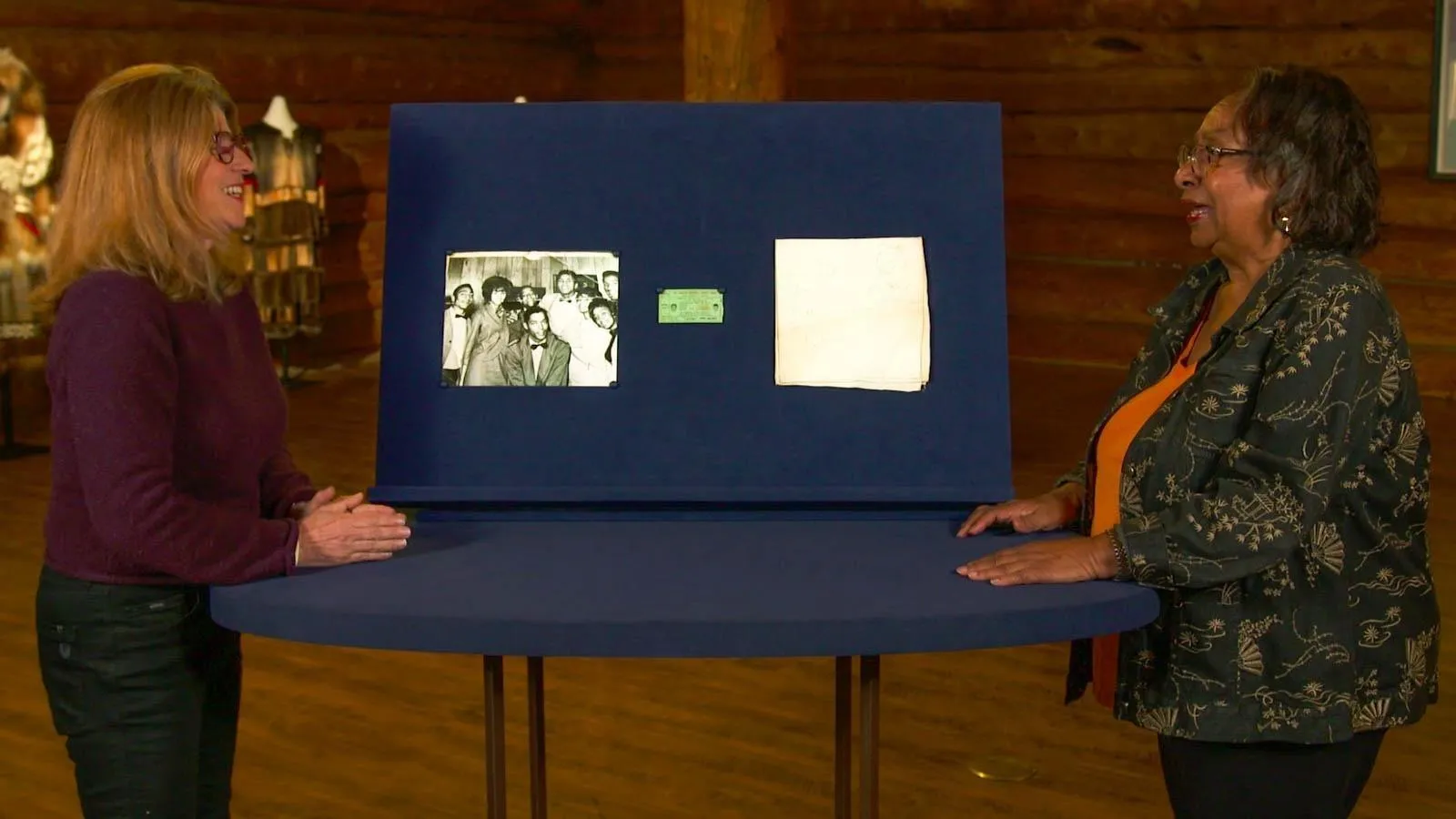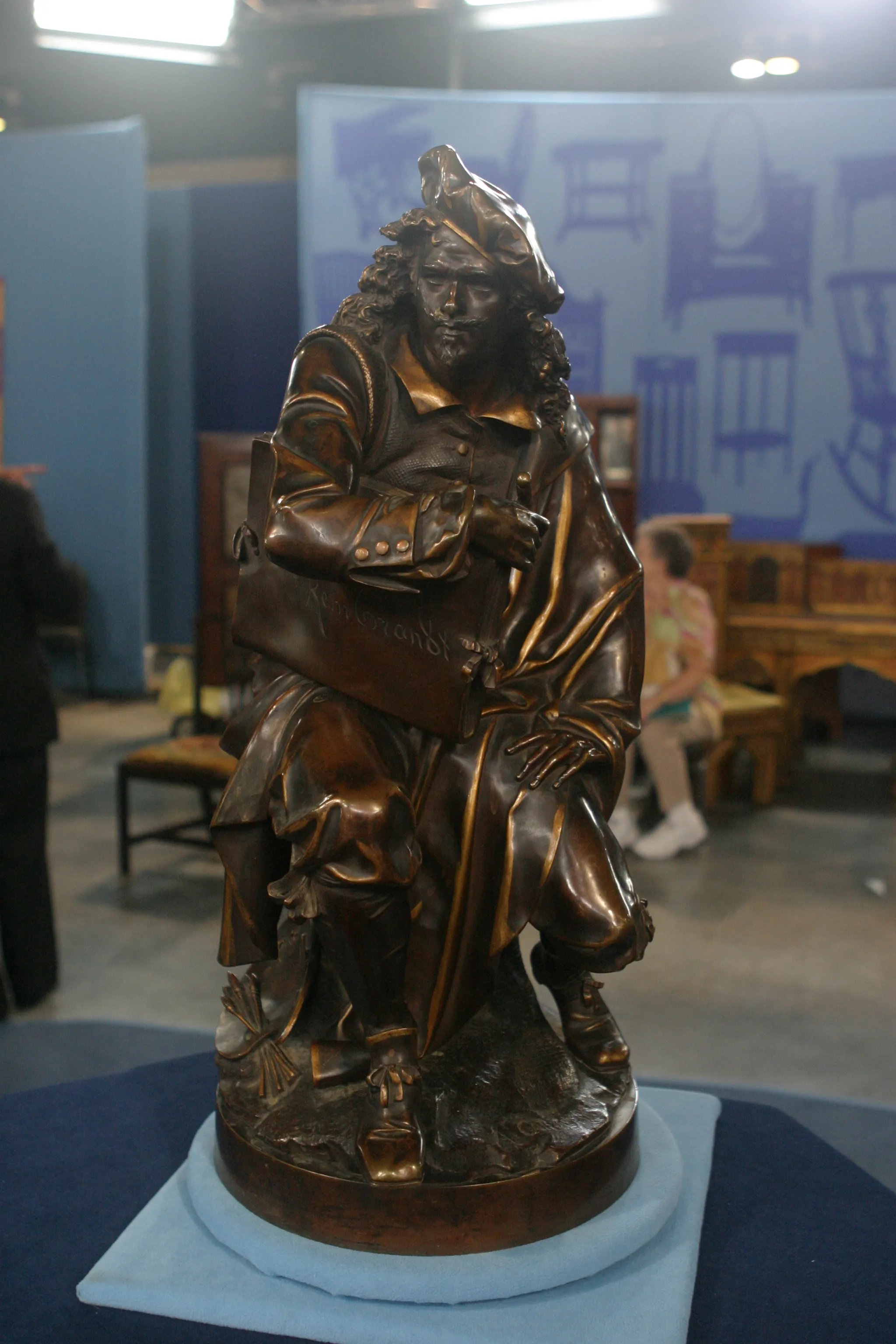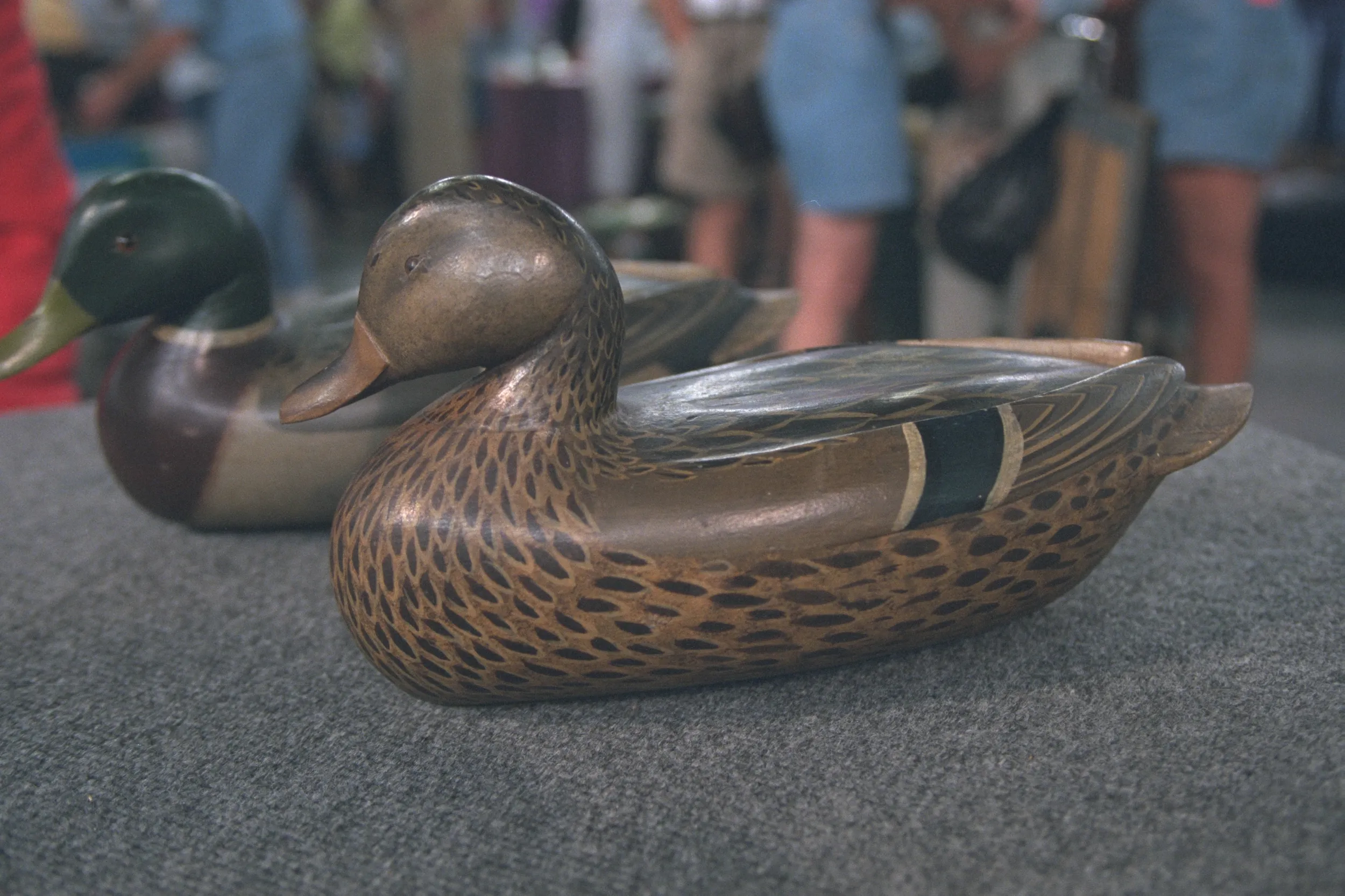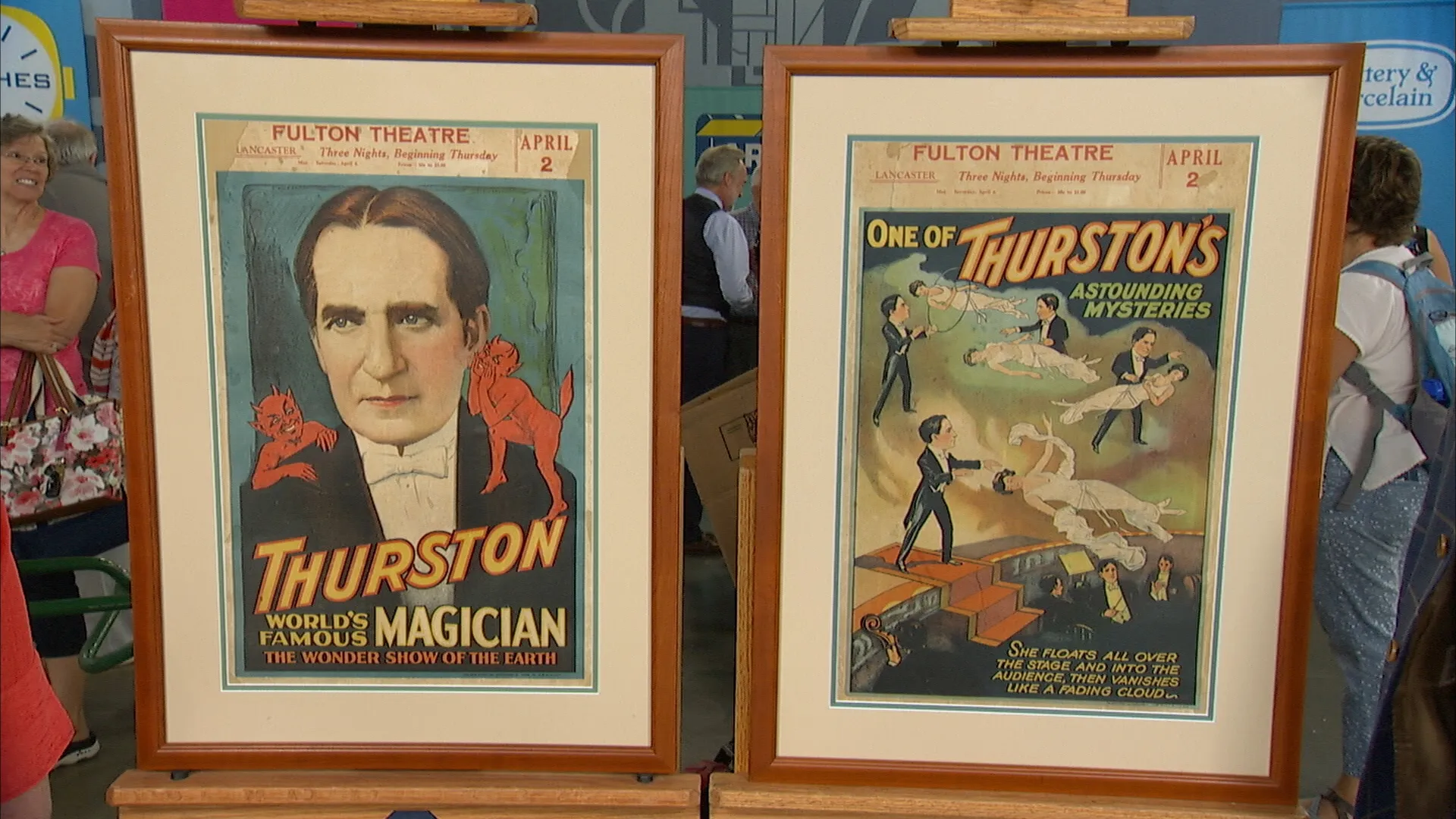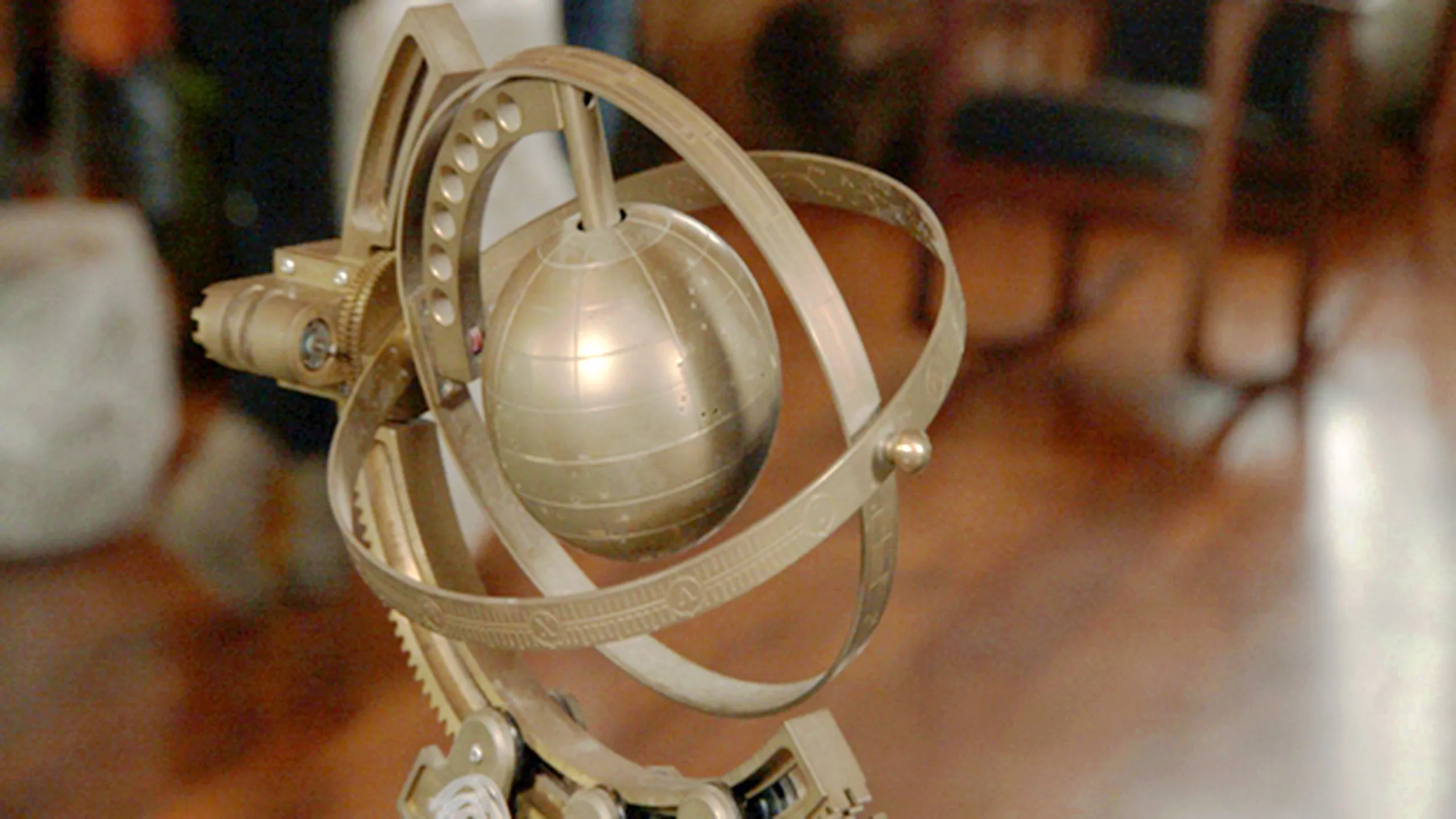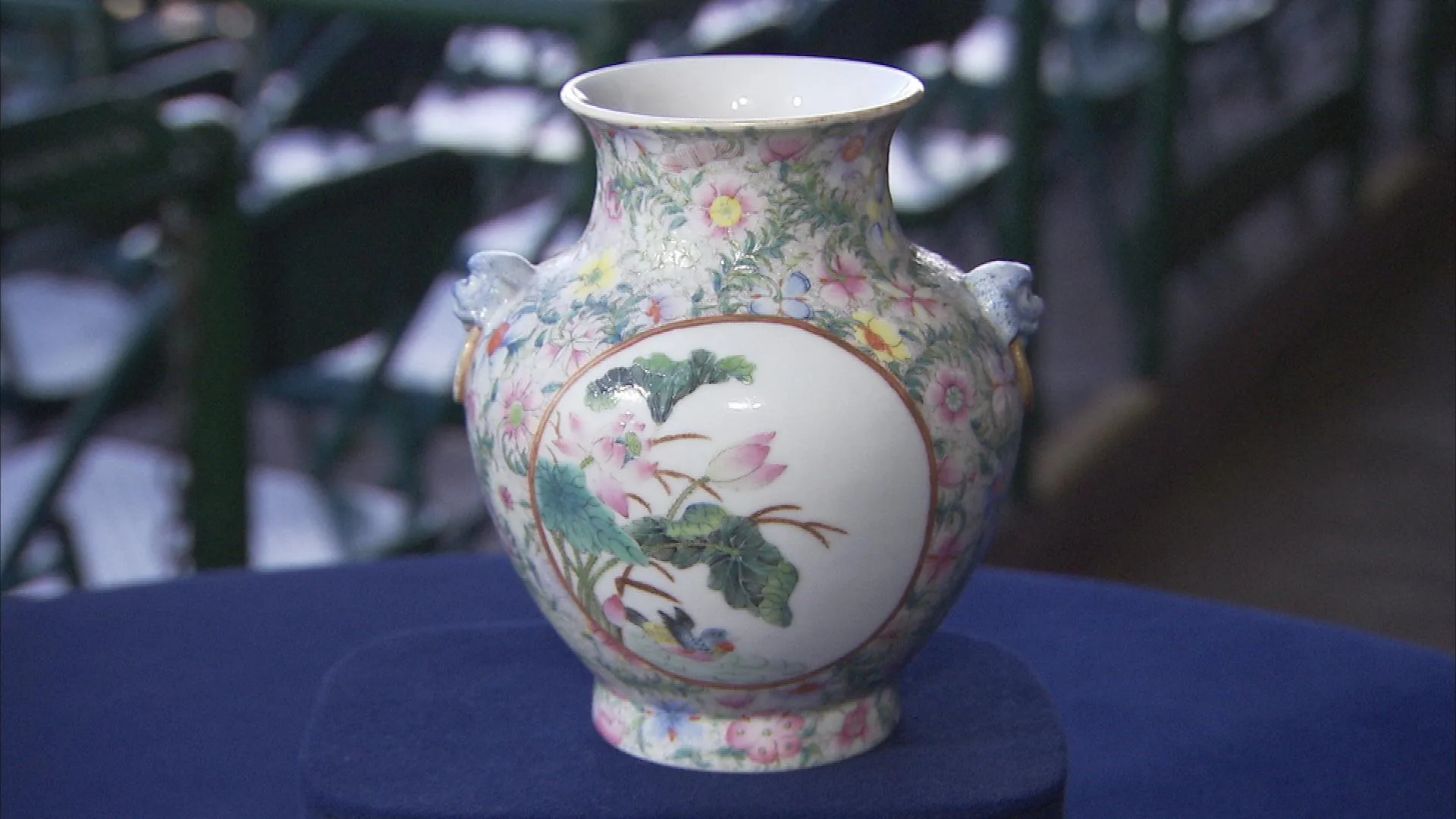GUEST: It's an argillite totem pole. The argillite comes from the Queen Charlotte Islands. It was purchased by my grandfather back in the 1920s. He found it in a store while he was working up in Canada back then. He was in the import-export business. And this was left in a store by someone who had commissioned it out and, uh, never picked it up.
APPRAISER: This is a totem pole model. It's carved of argillite, a soft stone when quarried, found only on the Queen Charlotte Islands. Mined and quarried only by the Haida. They're the only ones who are permitted to use it. The greatest argillite carver ever is one of the most important Canadian artists and one of the most important artists in all of North America, Charles Edenshaw.
GUEST: Mm-hmm.
APPRAISER: This is not by Charles Edenshaw.
GUEST: Correct, yeah, from what I understand.
APPRAISER: However, this is somebody who knew Charles Edenshaw and who worked in his circle. I believe the artist is Zacherias Nicholas.
GUEST: Great.
APPRAISER: This is a master Haida carver who worked in the late 19th century. That's very early for this form.
GUEST: Mm-hmm.
APPRAISER: This pole undoubtedly originated in a village, may have been 20, 30 feet tall. The artist replicated this in argillite to sell to non-Natives as a commodity, as a tourist object. It's possible this came from a village, Tanu...
GUEST: Mm.
APPRAISER: ...and the pole that it's replicating was Easy to Enter House.
GUEST: Hm.
APPRAISER: Is the name of, of the council house.
GUEST: Really.
APPRAISER: At the top, we have a raven with a humanoid figure clasped within its wings. Beneath that, a fierce grizzly bear with wings, by the way, and a figure coming out of its belly. Quite remarkable. Then a wolf figure, another predatory creature. Beneath that is a human figure upside down, almost in a birthing position, coming from the wolf. And then beneath that, another raven with wings, and I think with killer whale imagery. There are pectoral fins on the sides.
GUEST: Mm.
APPRAISER: So these are all clan crests of the Haida. And if someone came and approached the 30-foot version, 20-, 30-foot version of this, they would know precisely whose land they were at.
GUEST: Hm.
APPRAISER: These were people who were related to the clan. The imagery itself tells a story-- who your ancestors were and who the mythological creatures that influenced your family. And this is gigantic.
GUEST: (chuckling)
APPRAISER: It's, it's, I think, 29 inches tall.
GUEST: Yeah, isn't that great?
APPRAISER: That, that's really, really big. The inlays on the teeth are bone. The volume is fantastic, uh, the sculptural volumes. Do you have any feeling for value?
GUEST: Really don't-- that was always, uh, kind of the question in the family. Is this a couple thousand bucks? Is this more money? Never was able to find a value.
APPRAISER: On a retail basis, I would estimate this value would approach $100,000.
GUEST: (gasps): Ooh-- ooh. Okay. (laughs) Really?
APPRAISER: Really.
GUEST: Way off. (chuckles)
APPRAISER: If you were to insure this, I think you could very legitimately appraise this for $125,000.
GUEST: Hmm, that's amazing.

